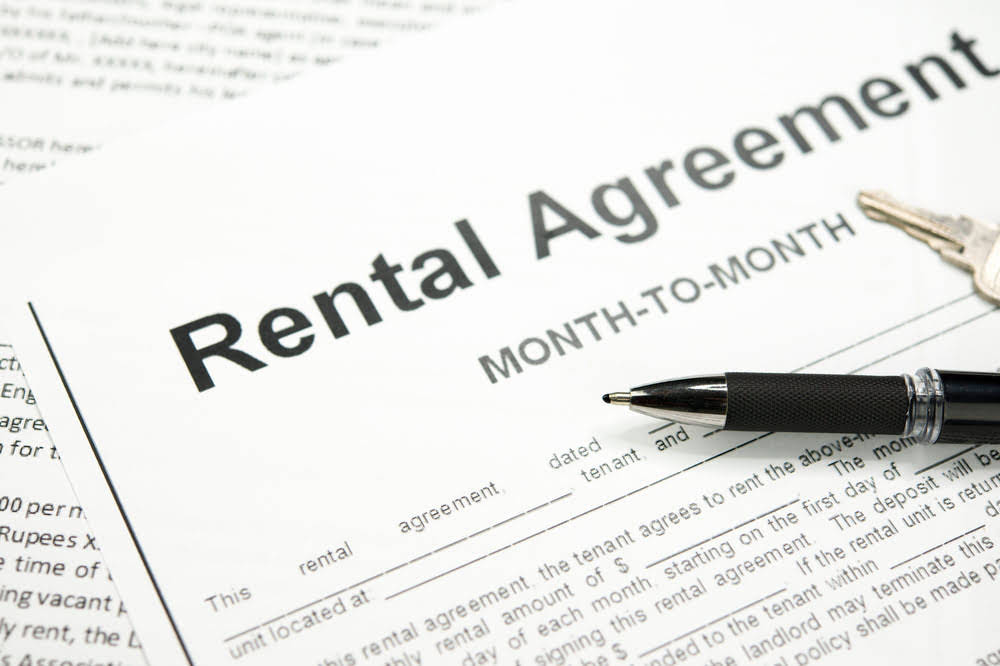Looking at the trial balance makes it easier to decide what the journal entries are. The figures include all the balances from both the balance sheet and the Profit and Loss account. The totals of debits and credits are the same, and therefore, it balances. An unadjusted trial balance is what you get when you calculate account balances for each individual account in your books over a particular period of time. A journal and a ledger are maintained according to the double-entry concept of accounting. Businesses prepare a trial balance regularly, usually at the end of the reporting period to ensure that the entries in the books of accounts are mathematically correct.

It is usually used internally and is not distributed to people outside the company. Preparing a trial balance for a company serves to detect any mathematical errors that have occurred in the double entry accounting system. If the total debits equal the total credits, the trial balance is considered to be balanced, and there should be no mathematical errors in the ledgers. However, this does not mean that there are no errors in a company’s accounting system. For example, transactions classified improperly or those simply missing from the system still could be material accounting errors that would not be detected by the trial balance procedure. A trial balance can help a company detect some types of errors and make adjustments to the trial balance and accounting ledgers before the books are closed for the accounting period and financial statements are prepared.
Is a Trial Balance the Same as a Balance Sheet?
For example, senior management may appreciate regular https://www.bookstime.com/articles/liability-accounts reports, as they put the company’s most important information in one place. Similarly, accounting teams might use trial balances when performing periodic reviews or when an error is suspected. In addition, any time you suspect an error in your books, you should quickly put together a trial balance to check that your debits and credits are correctly balanced. The following trial balance example combines the debit and credit totals into the second column, so that the summary balance for the total is (and should be) zero.
Balance sheet accounts include Cash accounts, Marketable Securities, Accounts Receivable, Inventory, Fixed Assets, Prepaid Expenses, and Intangible Assets. Liabilities include Accounts Payable, Accrued Liabilities, Short-term Portion trial balance of Notes Payable, Notes Payable-Long Term, and Deferred Revenues. Shareholders’ Equity Accounts in the balance sheet include Retained Earnings, Paid-In Capital, Treasury Stock, and Accumulated Other Comprehensive Income (Loss).
Trial balances FAQ
Tax accountants and auditors also use this report to prepare tax returns and begin the audit process. CAs, experts and businesses can get GST ready with Clear GST software & certification course. Our GST Software helps CAs, tax experts & business to manage returns & invoices in an easy manner. Our Goods & Services Tax course includes tutorial videos, guides and expert assistance to help you in mastering Goods and Services Tax. Clear can also help you in getting your business registered for Goods & Services Tax Law.
